In our household Christmas was associated with Scottish relatives bringing across beautifully packaged traditional shortbread, when they came to stay with the cousins in South Africa. My mom would get busy in the kitchen preparing the shortbread, according to the way her great aunt from Edinburgh had taught her.
What makes Scottish shortbread different to other type of shortbread? Well the Scots don’t mess around with vegetable fats – it’s pure butter or nothing – this is why Scottish shortbread is crispy and crunchier than other shortbreads.
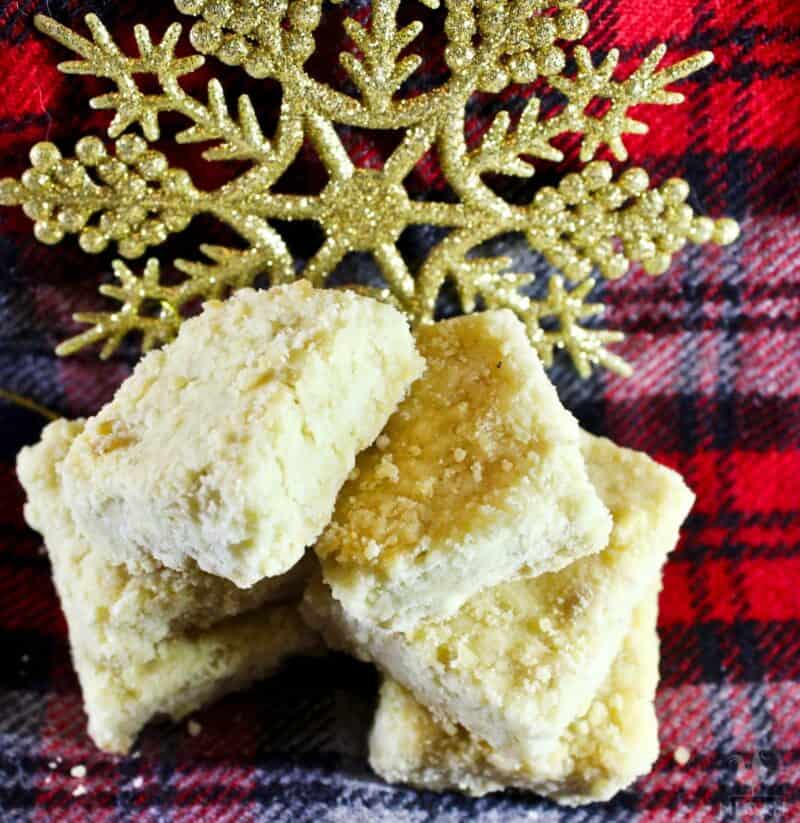
Don’t try getting a traditional Scot to accept anything other than Scottish made-with-butter shortbread. Everyone can enjoy this special little treat, especially around Christmas time and Hogmanay – the Gaelic for New Year’s Eve celebrations.
Shortbread is offered at New Year and first footers – meaning the person who first set foot over the threshold after midnight had to bring with him certain symbolic items and these included a piece of coal, a dram of whisky, and shortbread.
The first footer had to be a dark haired male to ensure good luck so it was usually my dad who had to scoot outside, unseen by the rest of the mob inside and then knock on the front door and be greeted with enthusiasm by everyone as if they hadn’t seen him for years instead of a couple of minutes before when the countdown to New Year had been loudly celebrated.
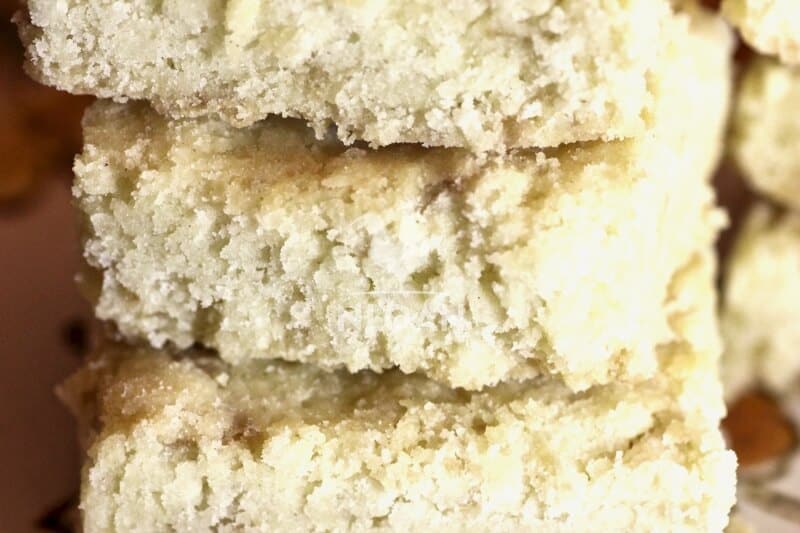
Now, Scottish shortbread should have around 24% butterfat content to get that special buttery flavor, and it is fairly simple to make – flour, butter, sugar and a little vanilla.
Of course you can add other ingredients but then it wouldn’t be traditional shortbread. Here is a recipe for a batch of Scottish shortbread. I must admit the first time I made the bars too thin – more like thin biscuits than the ½” to 3/4” required to make a batch of a decent thickness.
It pays to remember when putting the mix into the pans that there is no rising agent so what you see is what you get in terms of the thickness of the bar.
Also, when baking you need to watch the shortbread carefully – you want it just turned a nice pale gold – no brown burnt offerings nor any milk white shortbread, that has been undercooked. Some people ask why their shortbread is soft – perhaps too much butter or not enough sugar, perhaps not cooked through.
All I know is if you follow this recipe it’s pretty foolproof and should come out crunchy every single time.
It’s important to remember to cut the shortbread while it is warm otherwise when it cools it breaks as you can see in my picture – I did not cut immediately and the shortbread looks raggedy:
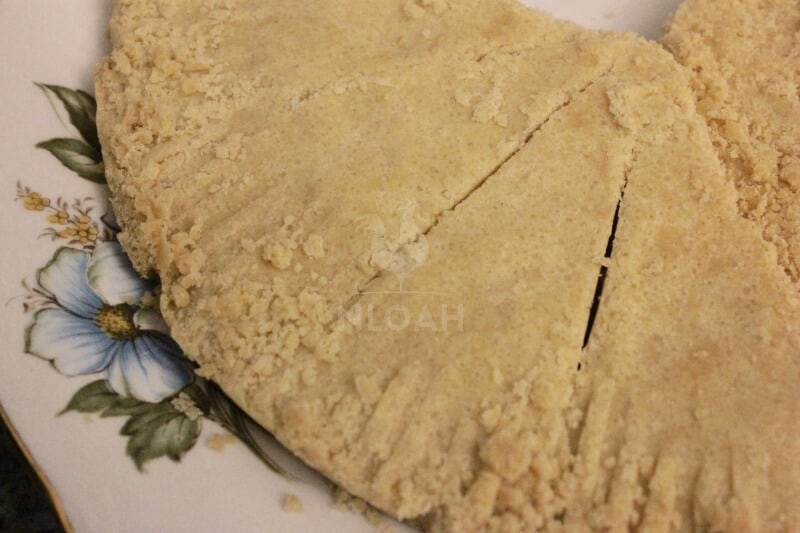
The next batch I cut when warm and the squares ere thicker and turned out pretty well. The only problem with this recipe is it doesn’t last – everyone goes dipping into the cookie jar!
Traditional Scottish Shortbread Recipe
Ingredients
- 1 cup butter (120g)
- pinch of salt if using unsalted butter – if butter is salted leave out the salt
- 2 cups flour (400g)
- 3/4 cup white sugar (125g)
- 1 teaspoon vanilla or almond extract (5ml)
Instructions
- Pre-heat the oven to 180 degrees C (350 degrees F).
- Cream the butter and sugar in a stand mixer, or by hand, until pale and fluffy. The butter must be at room temperature – just soft enough without being runny before you add in the sugar.
- Beat in the vanilla essence.
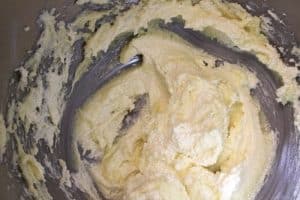
- Remove the bowl from the mixer stand and stir in the flour until you have created a mixture that is crumbly but when you press it in your hand as in the photo it holds together.
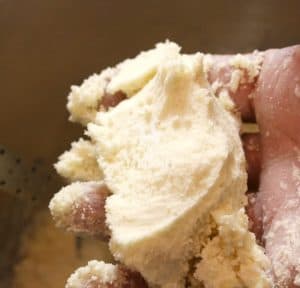
- Place the dough in a bowl in the fridge for an hour or so to rest.
- Remove from fridge and press the dough either into a square pan or a round cake tin that has been lined with parchment paper.
- If you are making it in a pan, then mark out where the pieces will be cut with a knife as this will make cutting easier.
- Prick the dough with a fork to ensure it cooks evenly – it may get a bit crumbly when you do this, but it’s fine – just smooth the surface again and try one more time.
- Place in the oven, bake for 20-30 minutes, and make sure you don’t forget about the shortbread – it must be just golden in color – not brown!
- Cut the slices as soon as the shortbread comes out of the oven – otherwise when it cools it will tend to break, when it’s hot you get clean slices.
- Serve with tea.
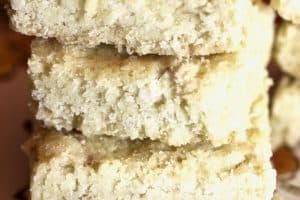
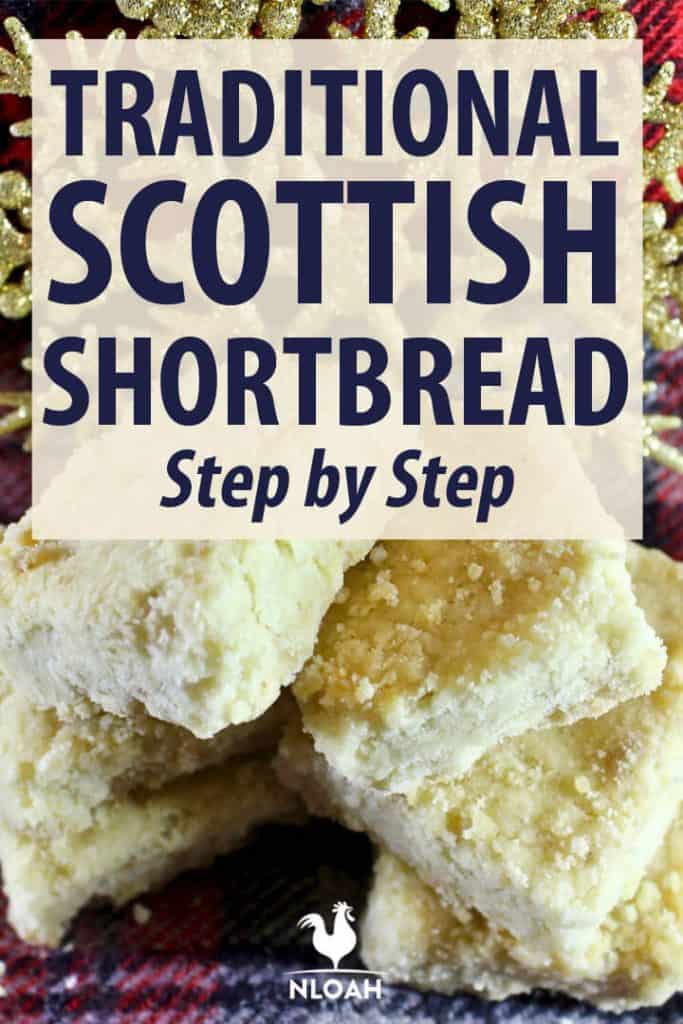
After a couple of university degrees, a teaching career in Art Education and English, a few years in journalism, the modelling and fashion industry, and a family followed. Then, one day when marking about the 256th essay during exam time, I decided – Enough! I’ll do my own writing instead, and have never looked back. Travel writing, recipe development as well as writing about homesteading, camping, and children keep me busy. Holidays and weekends have been spent in the great outdoors, hiking, fishing and diving all around the world. Learning tricks from other cultures on planting and gardening brought new ideas to food gardens and creating beautiful outdoor spaces. And everywhere I go my camera goes too – so many of the articles are illustrated with my own photos.

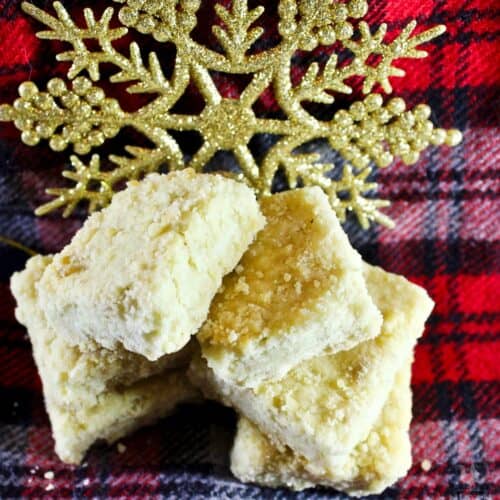
you dont put a bake time in the recipe… not even a range… makes it a bit of a challenge to make… disappointing and frustrating bc i had already printed out the recipe
Hi Toby,
Sorry about that, I confirmed with Jeanie that the baking time is 20-30 minutes.
Sounds wonderful
I will have to try